Water quality
We work hard to ensure the quality of your drinking water.
Every year we carry out more than 500,000 tests, taking samples from water mains, pipes and properties.
As part of our program, we carry out sampling from customers’ taps chosen at random in compliance with the Water Quality Regulations.
If our technicians arrive at your property to take a sample, they'll show you their ID card and explain what happens next.
Since 2010, more than 99.95% of tests taken from customers’ taps met the standard required by UK and European legislation.
If you want to check out the water quality in your local area, all you need is your postcode.
Our range of water quality topics
We go through common water quality topics you may have about your water:
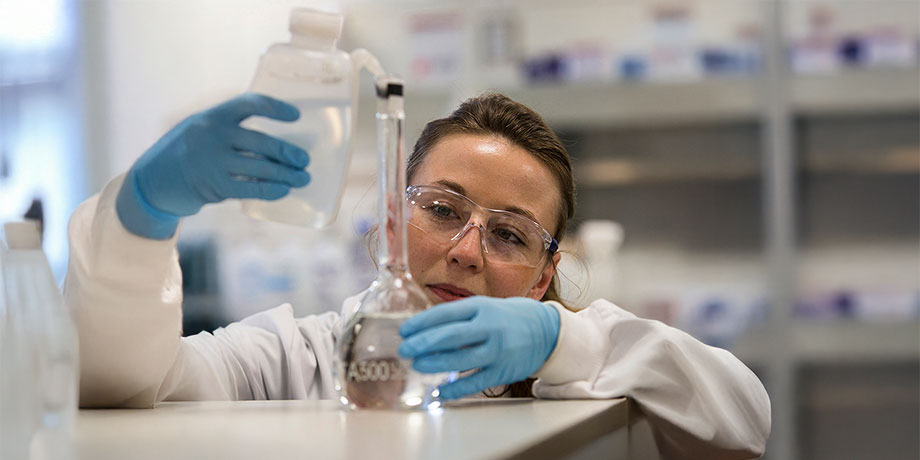
Water looks different
There could several reasons why your water looks different.
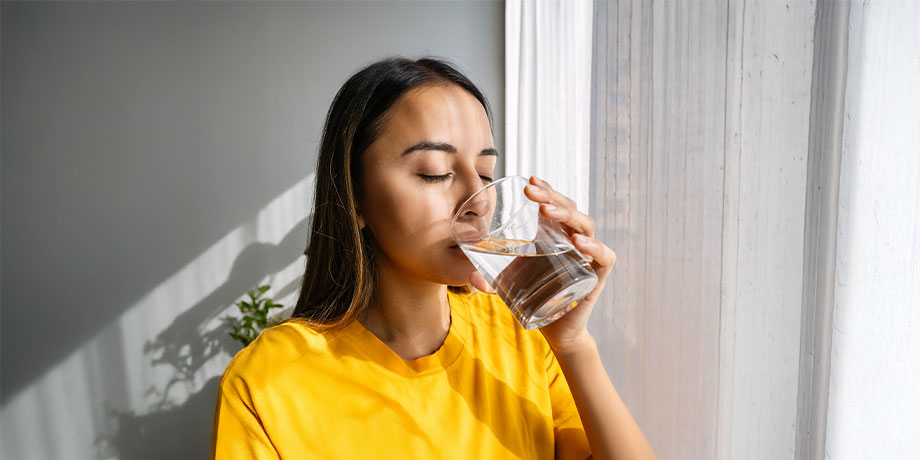
Different smell or taste
Why your water smells or tastes different could be due to several reasons.
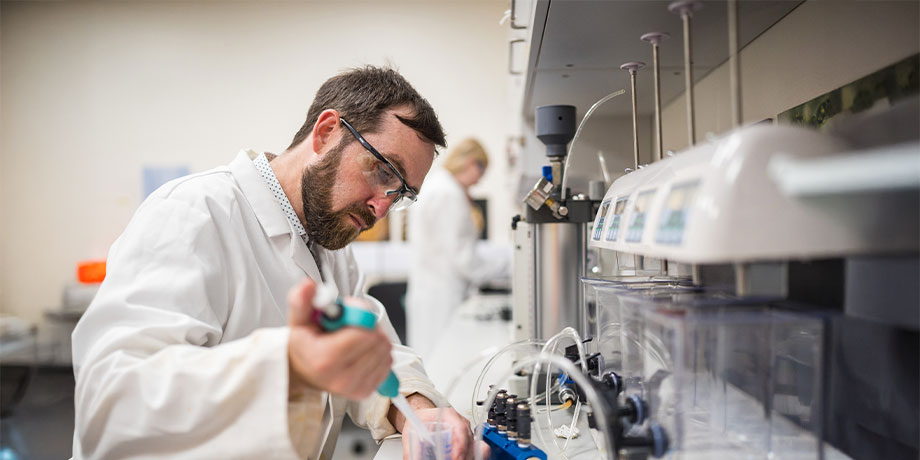
Hard water
Minerals such as calcium and magnesium cause hard water.
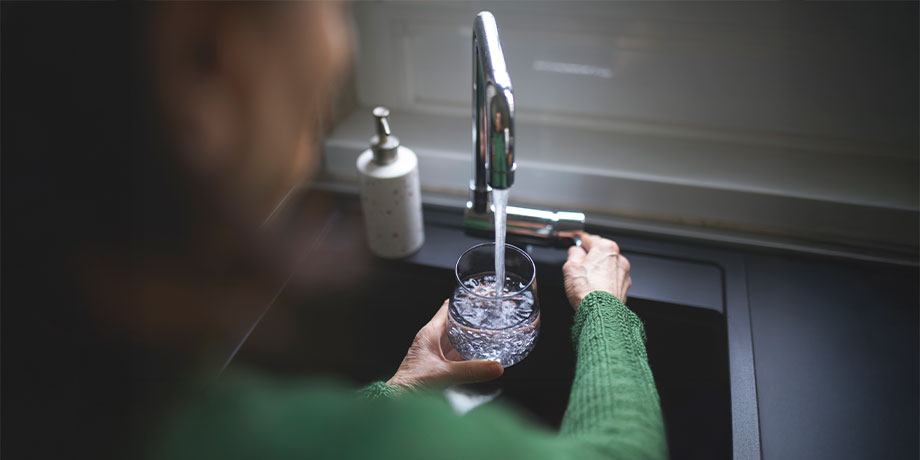
Other water issues
We go through other water issues such as pink, orange or grey stains and insects.

Lead pipes
You may have lead pipes if your property was built before 1970.
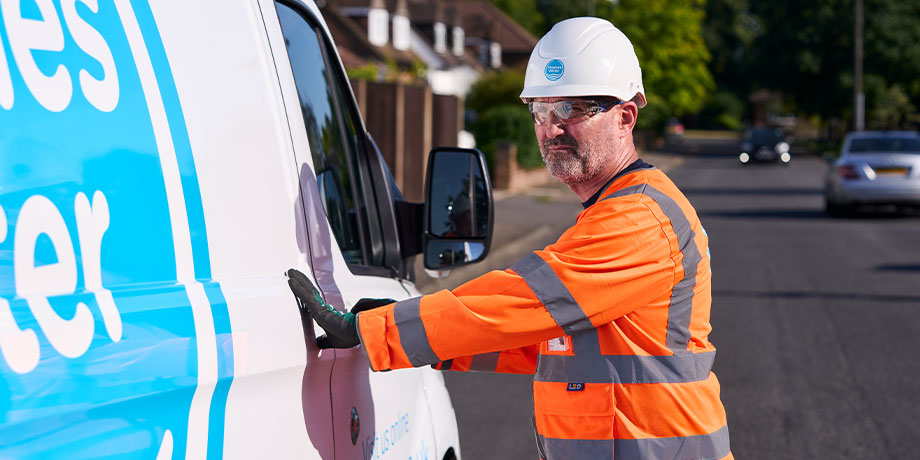
Lead pipe replacement
We go through the steps involved to replace your lead pipes.
WhatsApp us
Message us on WhatsApp, so you can get on with your day and respond at your pace. We're available 24/7.